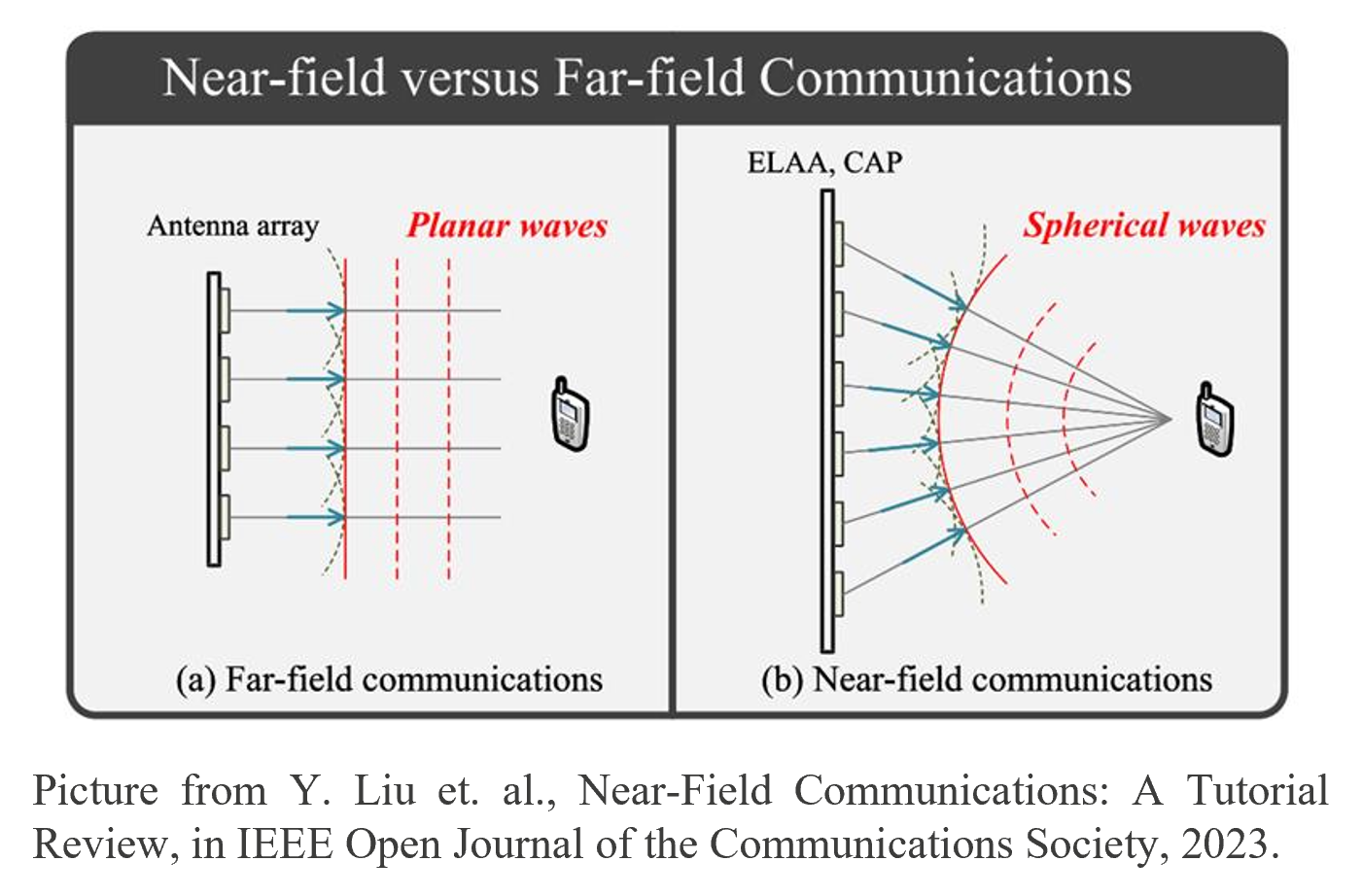Wireless communications enhanced by distributed movable antennas
PhD - Leuven | More than two weeks ago
Over the last decades, communication networks have grown exponentially, now offering high-speed mobile internet based on 5G and soon 6G networks. This has mostly come from two ingredients: more bandwidth, especially at higher frequencies, and the use of multiple antennas (MIMO) technologies to transmit multiple data streams in the same frequency band.
MIMO has been used for point-to-point links in lower frequency bands, for transmitting signals in parallel towards multiple users (MU-MIMO, Massive MIMO), or in combination with beamforming to improve the link gain in higher frequency bands (Hybrid MIMO). Distributed MIMO solutions have also been investigated, in order to benefit from more channel diversity.
Still, all those approaches assume a static deployment and reuse some approximations such as half-wavelength beamforming subarrays with linear phase control in the far field. The rich field of MIMO communications can now be brought to the next level with fundamental research targeting jointly near-field, mobile and massive communications. In this PhD, you will especially investigate the following problems:
- In far-field communications, a point-to-point line-of-sight MIMO channel lacks diversity and only supports one stream. Near-field communication relaxes this constraint on channel rank and offers much more throughput potential. You will model the related propagation, dimension the corresponding systems and design optimized transmit/receive algorithms to benefit from this channel richness.
- Unlike traditional half-wavelength regular arrays, sparse arrays and movable antennas offer new degrees of freedom. This can be a challenge - complicating channel estimation and link adaptation - but also an opportunity - actively moving antennas at short range to improve the communication link, or benefiting from the high directivity, limited grating lobes and reduced hardware cost from sparse arrays. You will model the propagation in such scenarios, propose solutions to deal with system mobility and exploit antenna degrees of freedom to improve the link performance.
- Specific applications of distributed MIMO will be investigated for robotics, drones or vehicles. In such scenarios, mobility is both a challenge and an opportunity. You will study scenarios including many mobile devices, developing new heuristics to determine which devices should communicate with each other in real-time.
- Finally, massive and distributed antenna systems also require a simplified design of individual elements, such that the whole system remains cost and power effective. You will investigate implementation trade-offs between performance, power consumption and communication robustness, considering technologies such as MEMS supporting movable antennas.
This research demands creativity and unconventional thinking. You will navigate complex trade-offs involving massive antenna arrays, computational feasibility, theoretical limits, and real-world hardware constraints. To start exploring this emerging domain, you will first develop a complex and realistic simulation environment in Matlab or Python, based on a custom near-field mobile channel model and including hardware non-idealities. You will also consider technological aspects in order to realize movable antennas and the corresponding features and limitations.
As a PhD student, you will be part of a large imec team working on the research, implementation and prototyping of future communications systems composed of experts in digital, analog and mm-wave design, wireless communication systems, signal processing, channel modeling and machine learning. This is a unique opportunity to develop innovative, multi-disciplinary technology and shape future wireless networks. You will publish your research in top-level journals and conferences.

Required background: Electrical engineer with expertise in wireless communications and signal processing. Knowledge of channel modelling and MIMO is a plus. Proficiency with Matlab or Python.
Type of work: 20% literature and theory, 60% modelling and simulation, 20% design/experimental
Supervisor: Sofie Pollin
Co-supervisor: Claude Desset
Daily advisor: Claude Desset
The reference code for this position is 2026-031. Mention this reference code on your application form.
